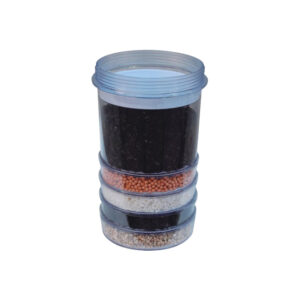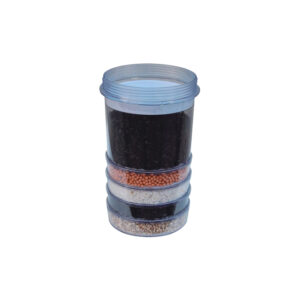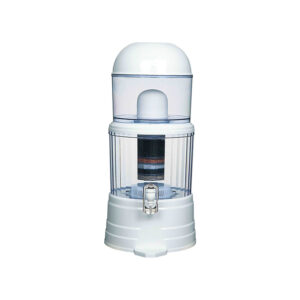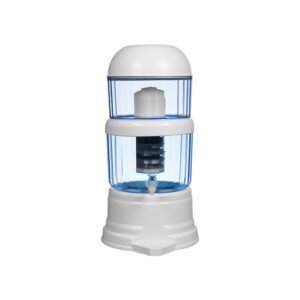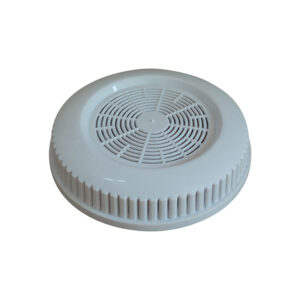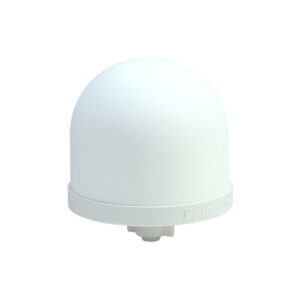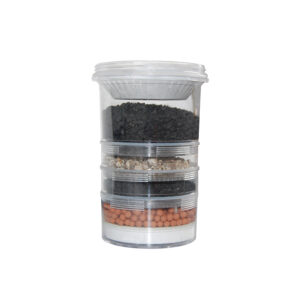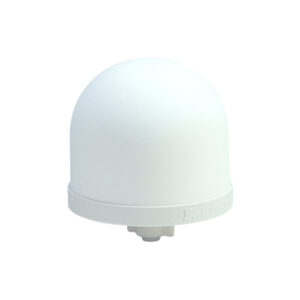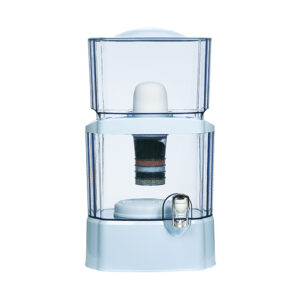Currently Empty: R0.00
ENJOY MINERAL WATER WITH OUR WIDE RANGE OF MINRAL WATER POTS
About Mineral Water
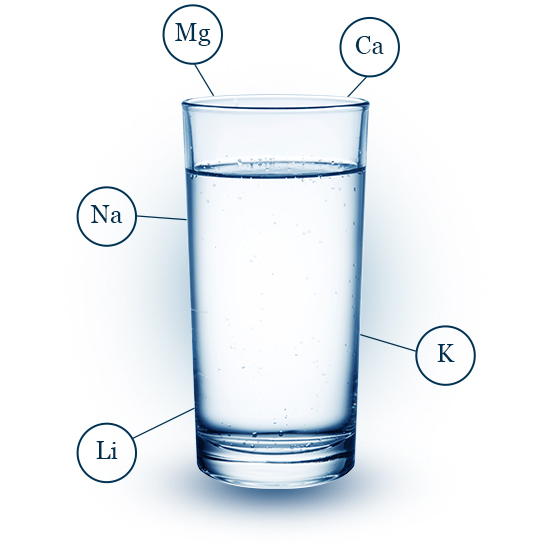
What Is Mineral Water?
Mineral water comes from natural underground reservoirs and springs.
It can be high in several essential minerals, including calcium, magnesium, and sodium. Therefore, drinking mineral water may offer some health benefits.
This article discusses what mineral water is, its potential health benefits, and how it compares with other types of water.
What Is Mineral Water?
Mineral water comes from natural underground reservoirs and springs.
It can be high in several essential minerals, including calcium, magnesium, and sodium. Therefore, drinking mineral water may offer some health benefits.
This article discusses what mineral water is, its potential health benefits, and how it compares with other types of water.
Mineral Water Pot Products
Mineral Water Pot Products
What A Mineral Water Pot Contains
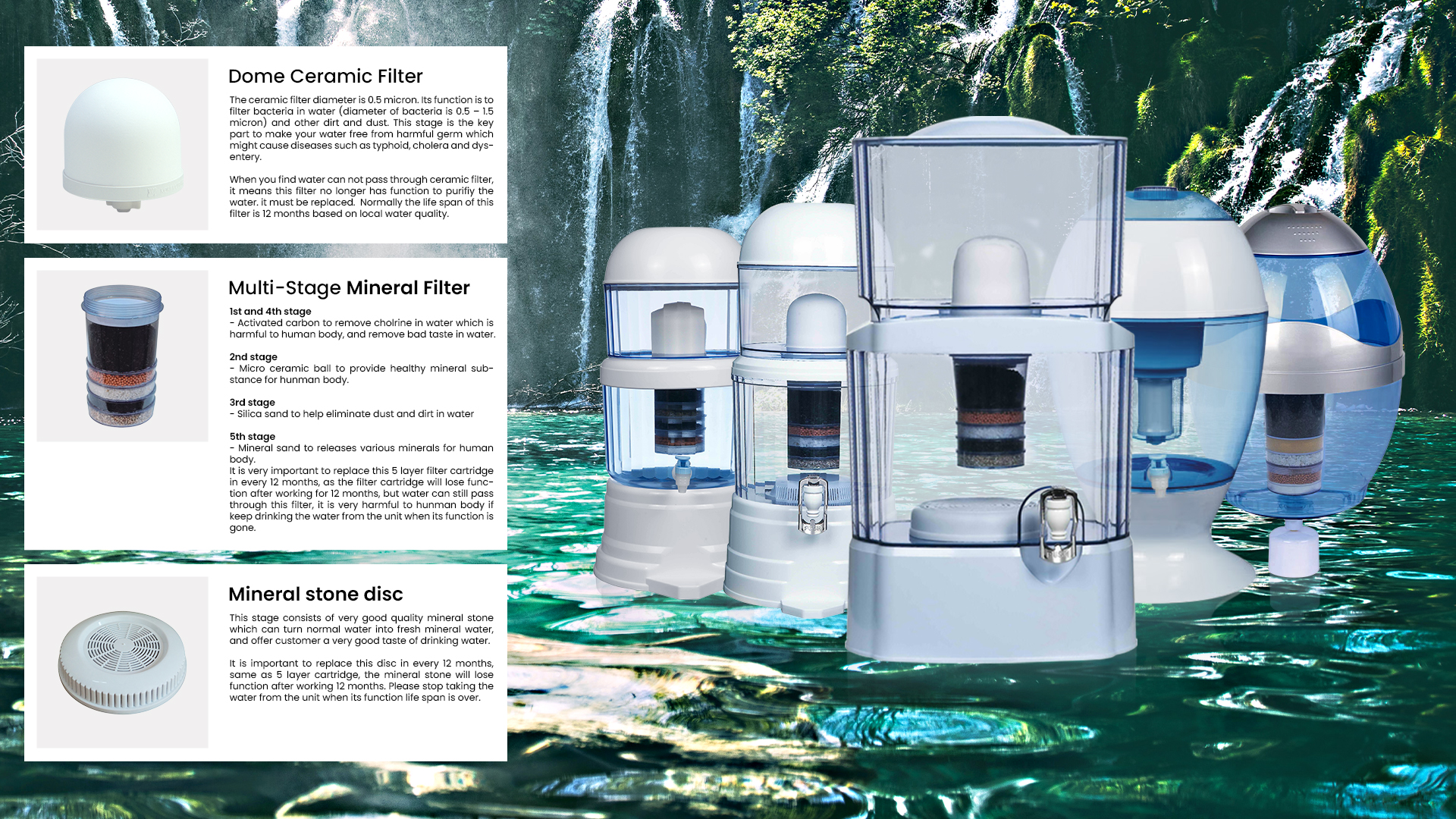
What A Mineral Water Pot Contains
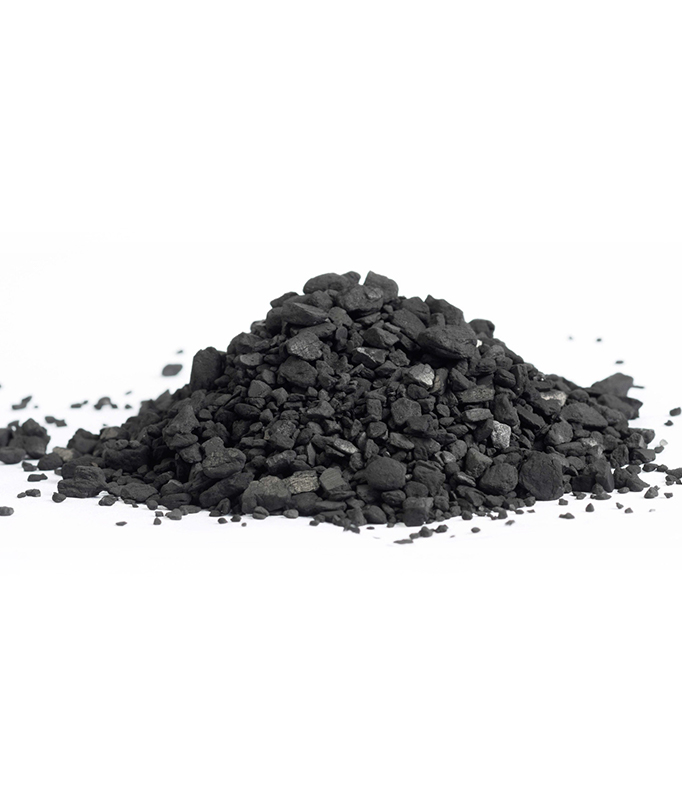
Granular Activated Cabon
Activated carbon is a porous form of carbon, which can be manufactured from a variety of carbonaceous raw materials.
The coconut shell-based activated carbon is produced by high-temperature steam activation of specially selected coconut shell char. Activated carbon is an ideal medium for the removal of chlorine, chloramines, disinfection byproducts, and other compounds which create color, taste, and odor.
Why use activated carbon filter media
- Absorption of organic compounds
- Improvement of odour and taste
- Dechlorination
- Hydro carbon removal
Granular activated carbon is made from raw organic materials (such as coconut shells or coal) that are high in carbon. Heat, in the absence of oxygen, is used to increase (activate) the surface area of the carbon; this is why these filters are sometimes referred to as “charcoal” filters. The activated carbon removes certain chemicals that are dissolved in water passing through a filter containing GAC by trapping (adsorbing) the chemical in the GAC.
It is very important that the type and concentration of contaminants, and average water use, be known in order to determine the correct size and components of the system. All treatment systems require proper installation and periodic maintenance. Eventually, the ability of the GAC to bind and remove chemicals is used up and the GAC needs to be changed. How often the GAC should be changed needs to be based on contaminant levels and water use. While some filters may last for several years if contaminant levels and/or water use are low, higher levels or use may require more frequent change-outs.
Water Purification By Adsorption
Benefits of Activated Charcoal
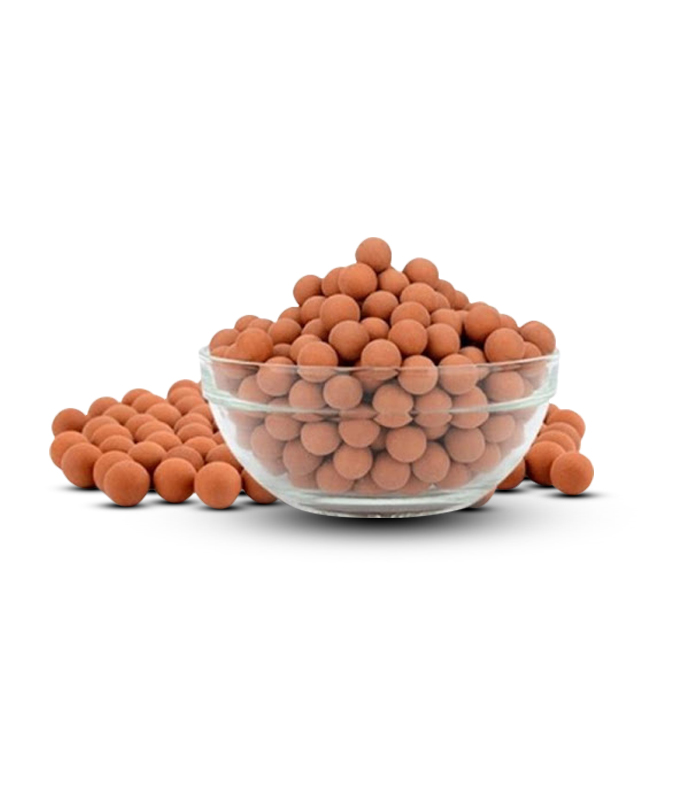
Maifan Mineral Ceramic Balls
Maifanitum Mineral Balls are non-toxic, harmless, and have a certain biological activity of compound mineral or medicinal rocks. Its main chemical components are inorganic aluminosilicate. These include Sl2O3, Fe2O3, FeO, MgO, CaO, k2O, Na2O, TiO2, p2O5, MnO, etc., but also contains all the necessary constant elements which are shrimp needed, such as K, Na, Ca, Mg, Cu, Mo, and other trace elements. Maifanitum Mineral balls have a greater capacity of absorption heavy metal ions in water, also has a good effect on the bacteria. (For 10mm Maifanitum mineral balls, it’s helpful of putting balls directly into the filter to have better effects.)
These Mineral Balls contain over 20 different minerals and trace elements that are given off continuously over a long period of time. This allows for easier molting of dwarf shrimp and considerably supports biofauna. Maifanitum Mineral Balls can act as a filter medium for filter bacteria as well. They will increase the mineral content of your water over time, this is a slow process and will only influence hardness and TDS over a longer period of time.
Key Specifications/Special Features:
- Maifan Stone Ceramic Ball take Maifan stone as main raw material, can release more than 20 kinds of essential main trace element of human body health in the water quickly, the content is dozens of times than surpasses the ordinary medicine stone
- Adsorption of heavy metal ion which is harmful to the human body, like Pb, Cd, Hg, As, and more
- Automatically bidirectional accent saving water pH value to the neutral scope
- The Wuhan Tongji University Medical colleges living specimen experiment in vivo experiment indicated that the ball is no poison, no distortion guarantees the safe use
- The experiment also indicated that 1 kilogram of the ball available for manufactures 4000 kilograms of mineral water
- Usage keep contact 2 to 5 minutes to, clean tap water flows through the goods directly, then can get sub-standard mineral water.
- Keep 1:10 proportion of the ball to water, soaking the items 5-10 minutes, they could get sub-standard mineral water
Maifan Mineral Ceramic Balls are formulated with many kinds of natural mineral powders such as maifan powder material, quartz, plagioclase, and kaolin, which are sintered by high temperature. Maifan stone balls could boost activity in your water as well as essential minerals needed by the human body. Also, it could raise the pH value 7.0/7.5, which is close to neutral or weak alkaline.
It is widely used in water purification filters, functional water bottles, dietary water bags, portable mineral water, agriculture, and industrial.
Technical Specifications
| Item | Standard |
| Product Name | Maifan Mineral Ceramic Ball |
| Appearance | Red brown color spherical balls |
| Size Distribution | Diameter 2-30mm or customized |
| pH Value in the water | 7.0-7.5 |
| Function | Makes mineral water, and releases K, Ca, Na, Mg, Zn, Fe. |
| Application | Portable water filter, Household water purification for bathing and cosmetics, Mineralized portable water for beauty and health |
Test Conditions
Add 25g of Maifan Ceramic Mineral Balls into 500ml of water.
| Soaked Time | TDS |
| 0 Mins | 5 |
| 5 Mins | 17 |
| 10 Mins | 35 |
| 30 Mins | 56 |
| 60 mins | 72 |
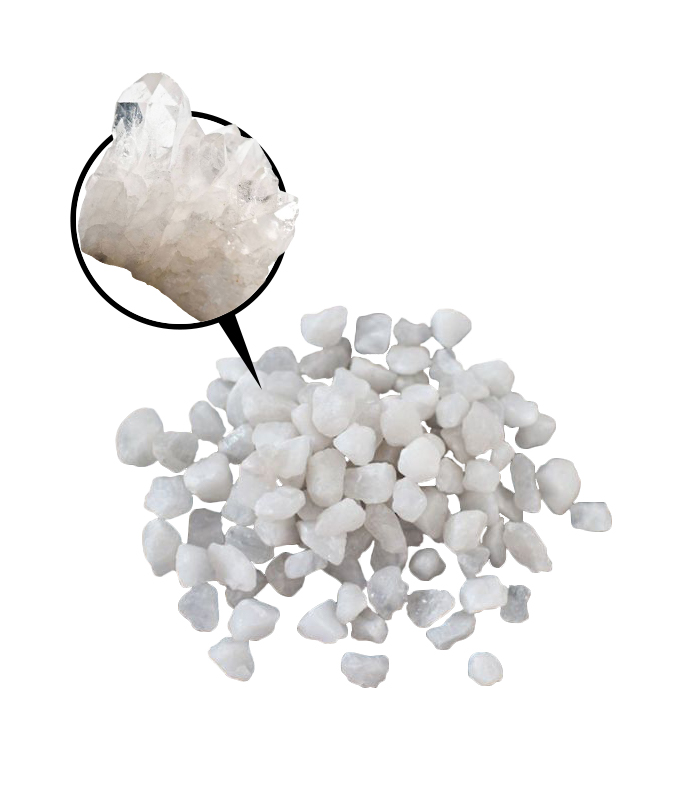
Silica Sand
Silica is simply silicon and oxygen – two of the most common elements on the planet. Crystalline silica is the most common form and it makes up over 12% of the Earth’s crust, making it the second most common mineral on the planet.
Crystalline silica comes in the forms of quartz, cristobalite and tridymite. Quartz is the most common of these, which transforms into cristobalite when heated at high temperatures (over 1450 degrees C). Non-geologists will call these particles white sand. The same white sand that you see in those exotic beaches is what pure silica looks like as a product.
For thousands of years, crystalline silica was a beneficial mineral used to make products for building structures. Crystalline silica is present in thousands of different raw materials, including almost all types of content extracted from the earth’s crust.
It is present in virtually all materials that are quarried, including sand, clays, gravel and metallic ores. It is hard, chemically inert, and has a high melting point, qualities which make it a valuable raw material for many industrial and manufacturing processes.
Why are we talking about it?
When we talk about commodities, we would mention, nickel, iron ore, copper, gold, lithium … etc. Not many people would put silica into that sentence.
Silica is like the fundamental component of almost everything that we need as the all-consuming human species. There are very few items in our daily life that do not involve some percentage of silica. Unless you are living in solitary confinement, you will have windows, and that is silica. It is mind-boggling that most people do not think about silica as a sought-after commodity.
It is an irreplaceable ingredient in lots of high-tech applications, for example, precision casting, fibre-optic cables, and the raw materials for computer chips. It is present in our computers and phones. It is even key to the infrastructure of the internet, renewable energy and telecommunications.
It is a vital part of how we get around – our cars and buses, roads and railways.
Our homes are made from it – rocks, glass and ceramics, and many of the things we use every day contain or rely on crystalline silica. For the handy type of people, think of life without the silicone gel. How would we fix those little things in the house without silicone gel?
In all of these everyday contexts, crystalline silica is entirely safe. It is inert, meaning that it does not react with any chemicals, and it is not harmful to health.
Key Specifications/Special Features:
Common quartz sand and powder
Main compositions: SiO2≥99-99.5%, Fe2O3≤0.06-0.1%
Granularity range: 2-150 meshes (10-0.01mm). It can be produced as request.
Main use: It is used in the industries such as green and black carbonization silicon, common glass products, porcelain enamel, cast steel, water filtration, alkali, chemical industry and sandblast.
Refined quartz sand
Main compositions: SiO2≥99.5-99.9%, Fe2O3≤0.01-0.05%
Granularity range: 2-200 meshes (10-0.0075mm). It can be produced as request.
Main use: It is used in quartz melting, exact foundry, grinding wheel, high-grade glass and refractory materials
Pure quartz sand and powder
Main compositions: SiO2≥99.9-99.99%, Fe2O3≤5-100ppm
Granularity range: 1-0.5mm,0.5-0.2mm,0.2-0.01mm,0.01-0.075mm, 45um
Main use: It is used in the industries such as refractory quartz glass tube, high-grade glass products, electrical equipments and optic fibre products.
Crystal silica powder
Main compositions: SiO2≥99.5-99.9%, Fe2O3≤0.008-0.03%
Granularity range: 300 meshes, 400 meshes, 500 meshes, 600 meshes, 800 meshes, 1000 meshes, 1250 meshes
Main use: It is used as insulation of normal high voltage electricity and in other industries such as epoxy resin plastic package, refractory materials, chemical industry, silicon and rubber.
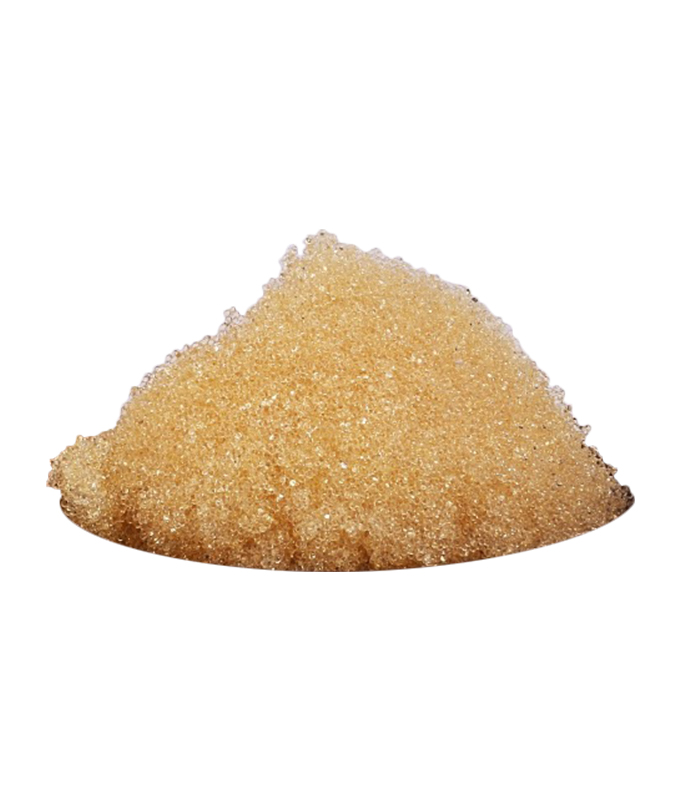
Cation Resin
Cation resin is a negatively charged matrix with exchangeable positive ions (cations). Negatively charged ions are fixed and permanently attached – part of the resin structure. Because the bead is negatively charged only positive ions are attracted or exchanged.
For water treatment purposes cation resin can be purchased in the sodium (Na) or hydrogen (H). Always confirm the resin is in the sodium (Na) form before loading the tank and installing in a home. If hydrogen (H) form is used in a residence the pH of the treated water will be very acidic at 2-3 pH. This is damaging to people and pipes. Hydrogen form cation is required commercially when deionizing or demineralizing water.
- The color of the resin has no impact on performance.
- Black cation is available at a slight premium.
- Cation resin is available as 6%, 8% & 10% crosslink. Higher crosslinked 12-15% cation resins are manufactured for special applications. The higher the crosslink, the higher the cost. A great article by ion exchange expert, Chubb Michaud, gets into the details of crosslinking. http://wcponline.com/2011/06/07/role-cross-linking-ion-exchange-resins/
- Chubb’s highlights:
- Higher cross-linking means higher density with more plastic and less water.
- Higher cross-linking produces a tougher matrix that is more resistant to both chemical oxidation and physical breakdown strength.
- Drawbacks include higher costs and slower kinetics (not a good thing for cold water). Although higher cross-linked resins have a higher total capacity, the kinetics in colder water may actually result in a lower operating capacity than a lower cross-linked resin and prove to be an incorrect choice.
- Chubb’s highlights:
- How long does resin last?
- In non-chlorinated water 6% resin lasts ~ 8 to 10 years; 8% much longer. In general, the resin will wear out in the same time frame as the other parts of the softener – the valve, tank, brine tank, etc.
- In iron removal applications we recommend using a phosphoric acid drip to keep the resin bed clean and last longer.
- Precautions
- Use sodium form cation not hydrogen form.
- Don’t store outside if there is the possibility of repeated freezing and thawing.
- Don’t overfeed chlorine. Consider an activated carbon filter as pre-treatment.
Cation Resin Applications
Our rules of thumb when applying these resins:
- 6% – Residential use on well water without chlorine.
- 8% – Residential or Commercial/Industrial well or city water where 1 ppm or less of chlorine.
- 10% – Residential or Commercial/Industrial well or city water where chlorine/chloramine levels are greater than 1 ppm. Also used where there is a combination of hot water and oxidants (chlorine or chloramine).


